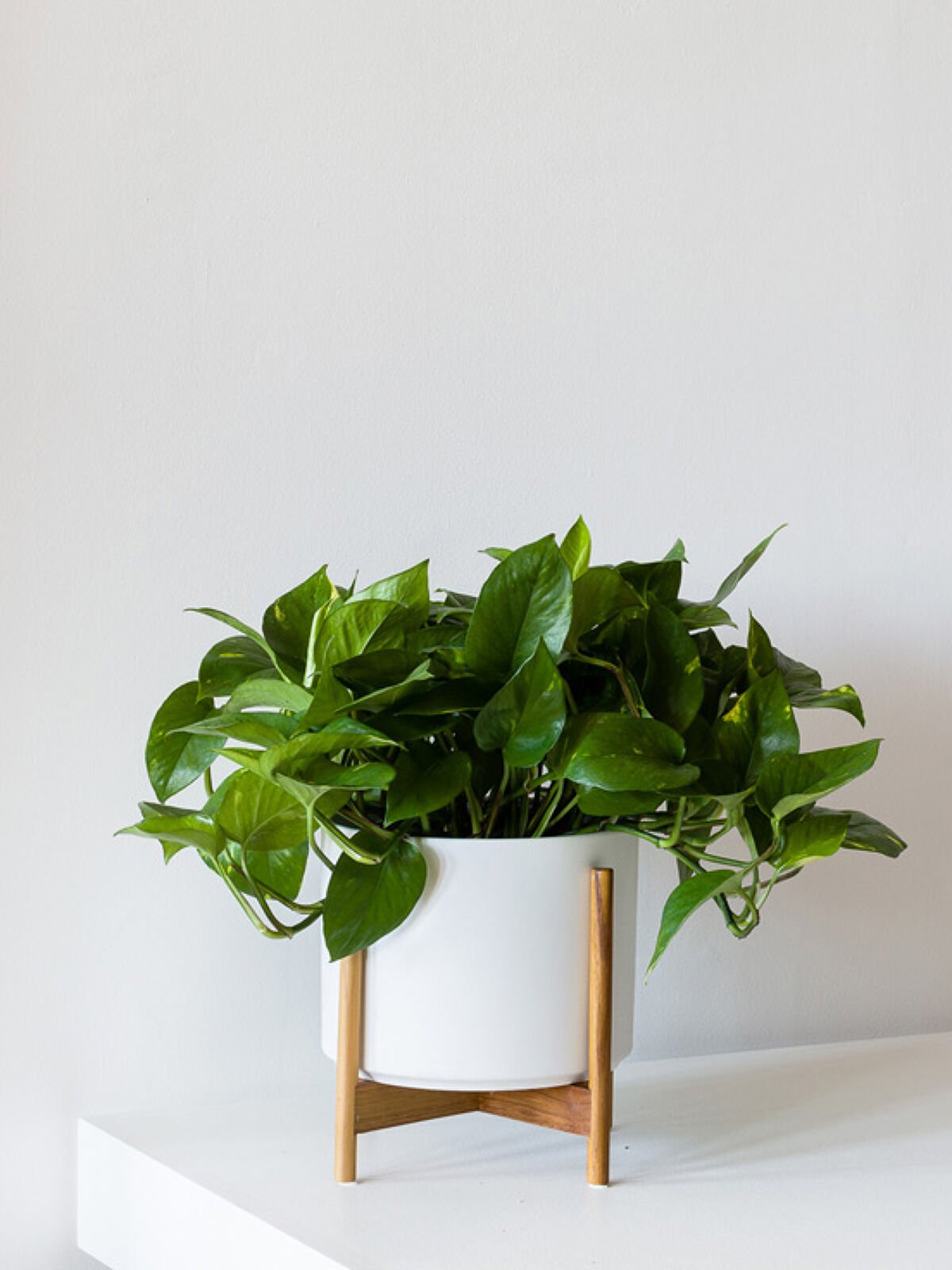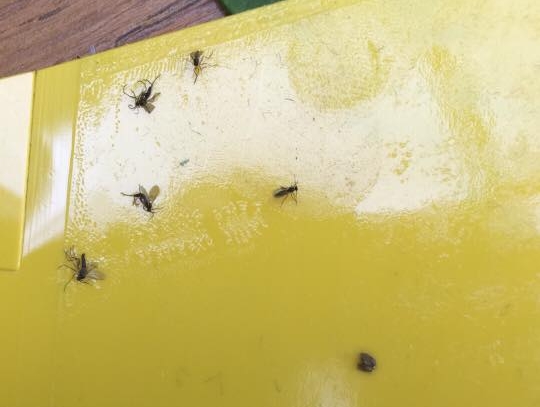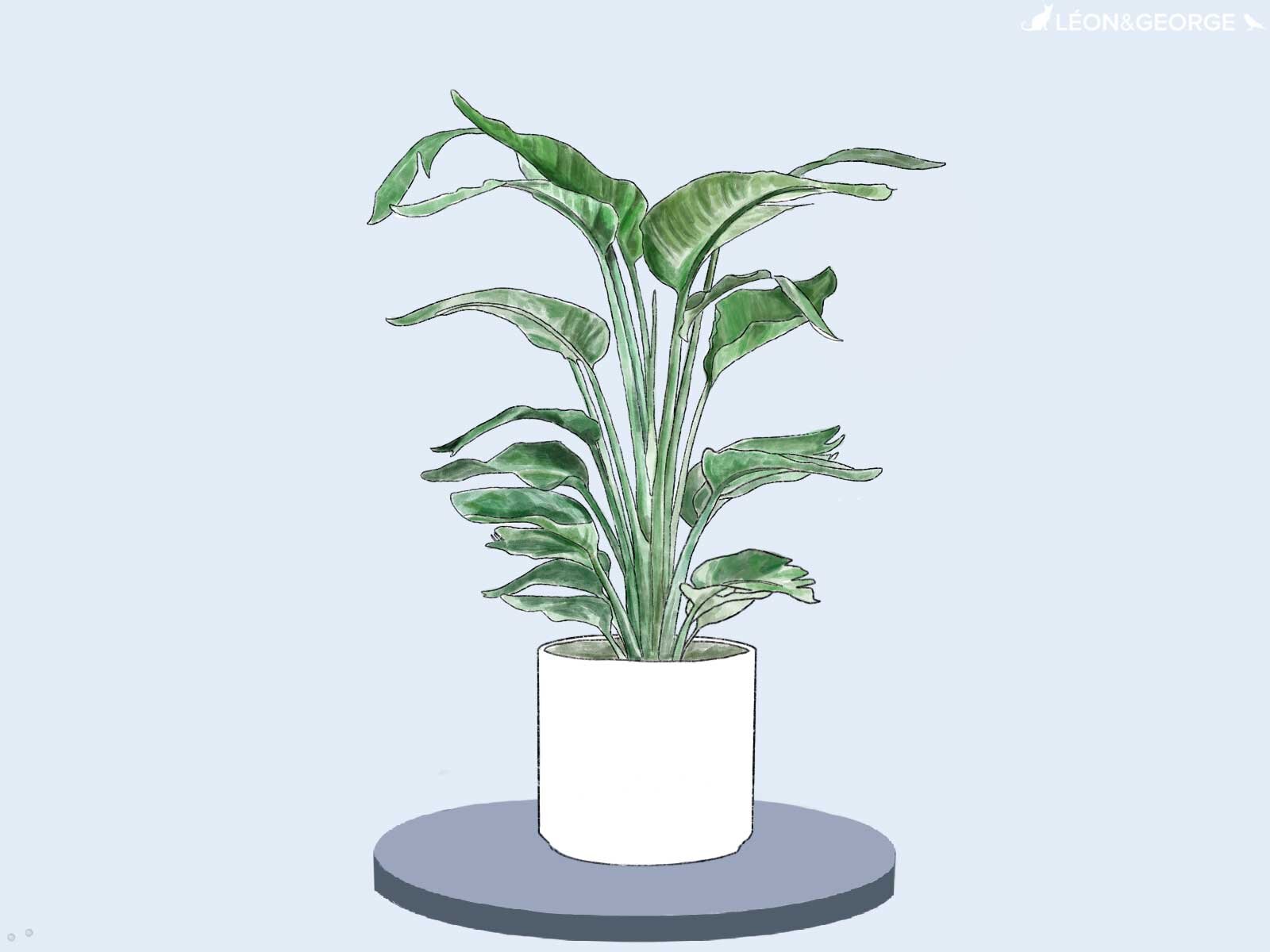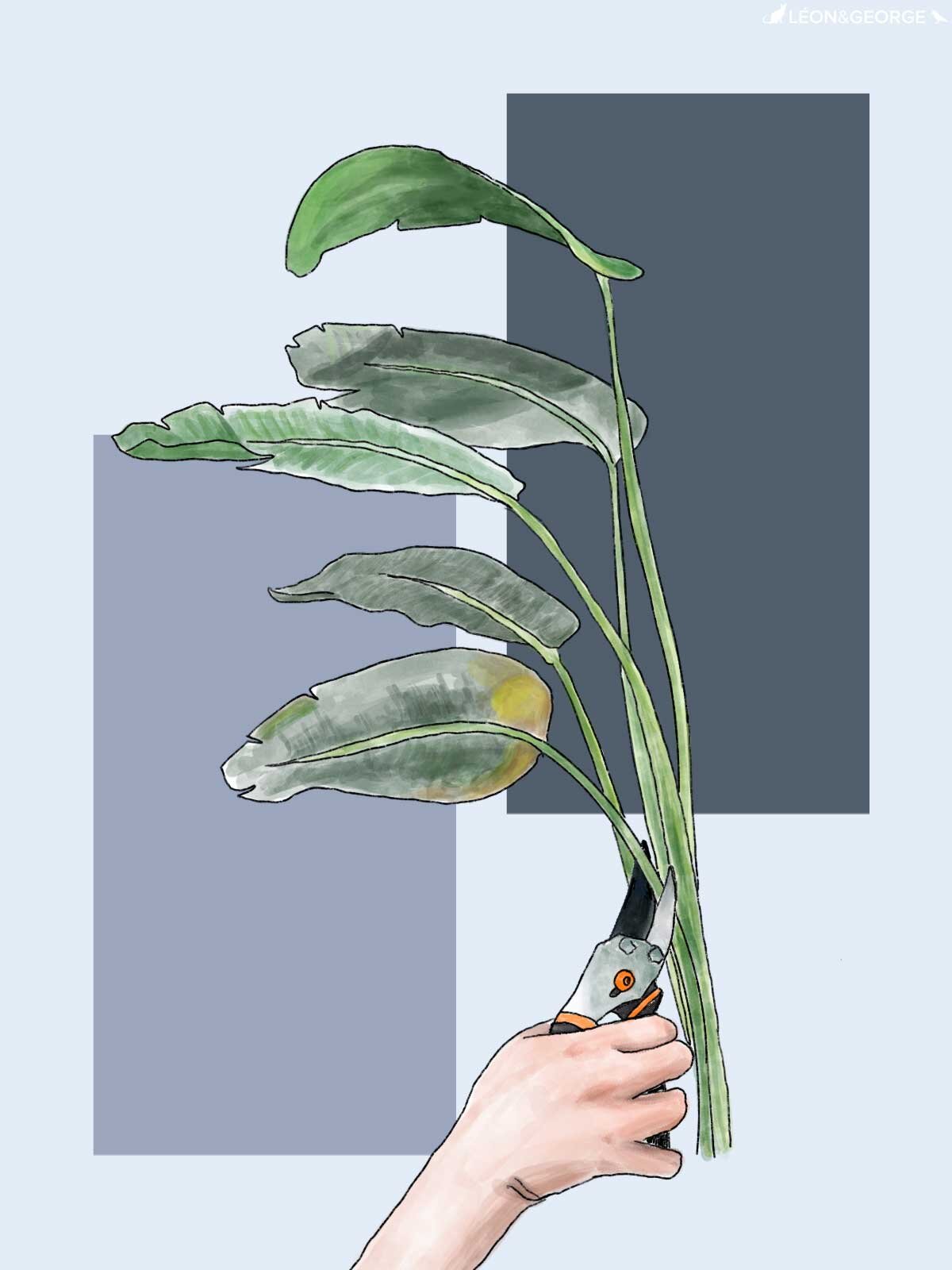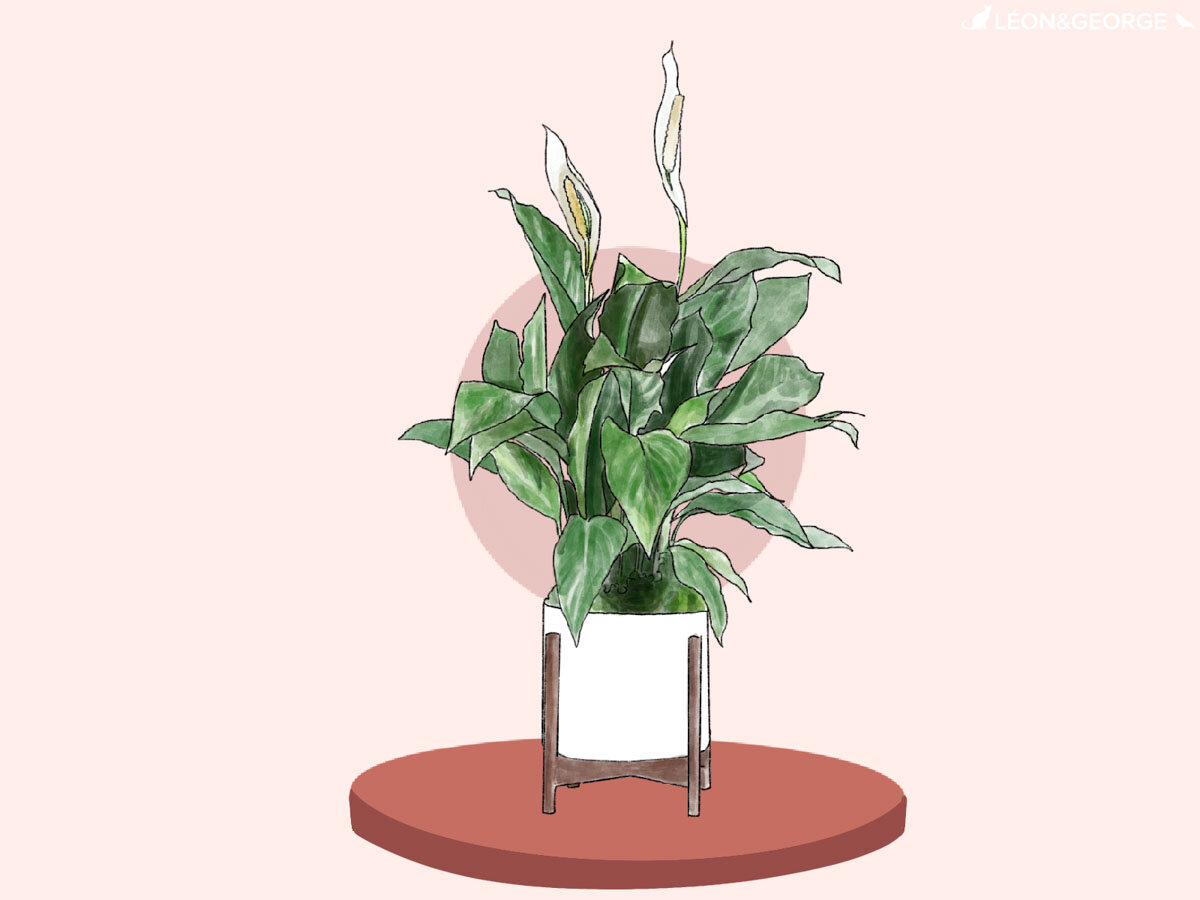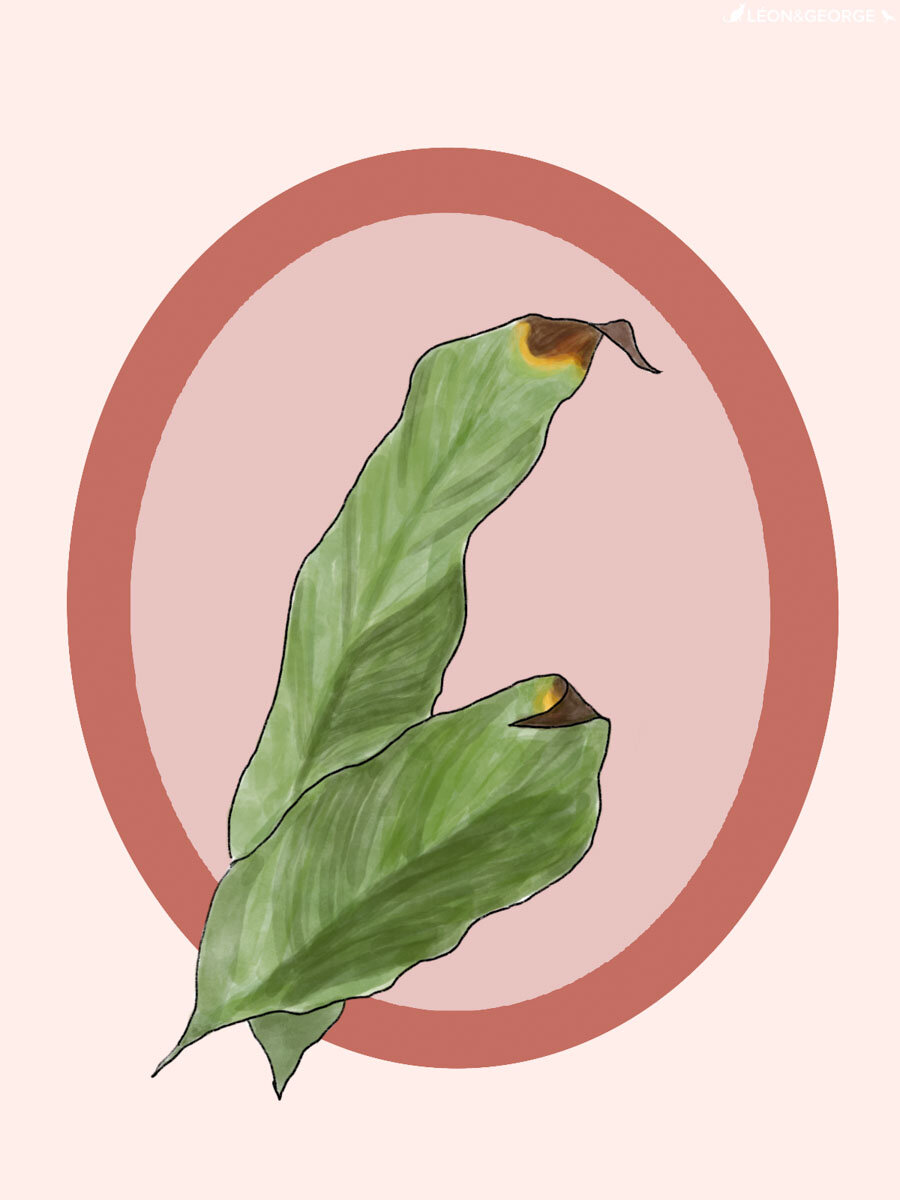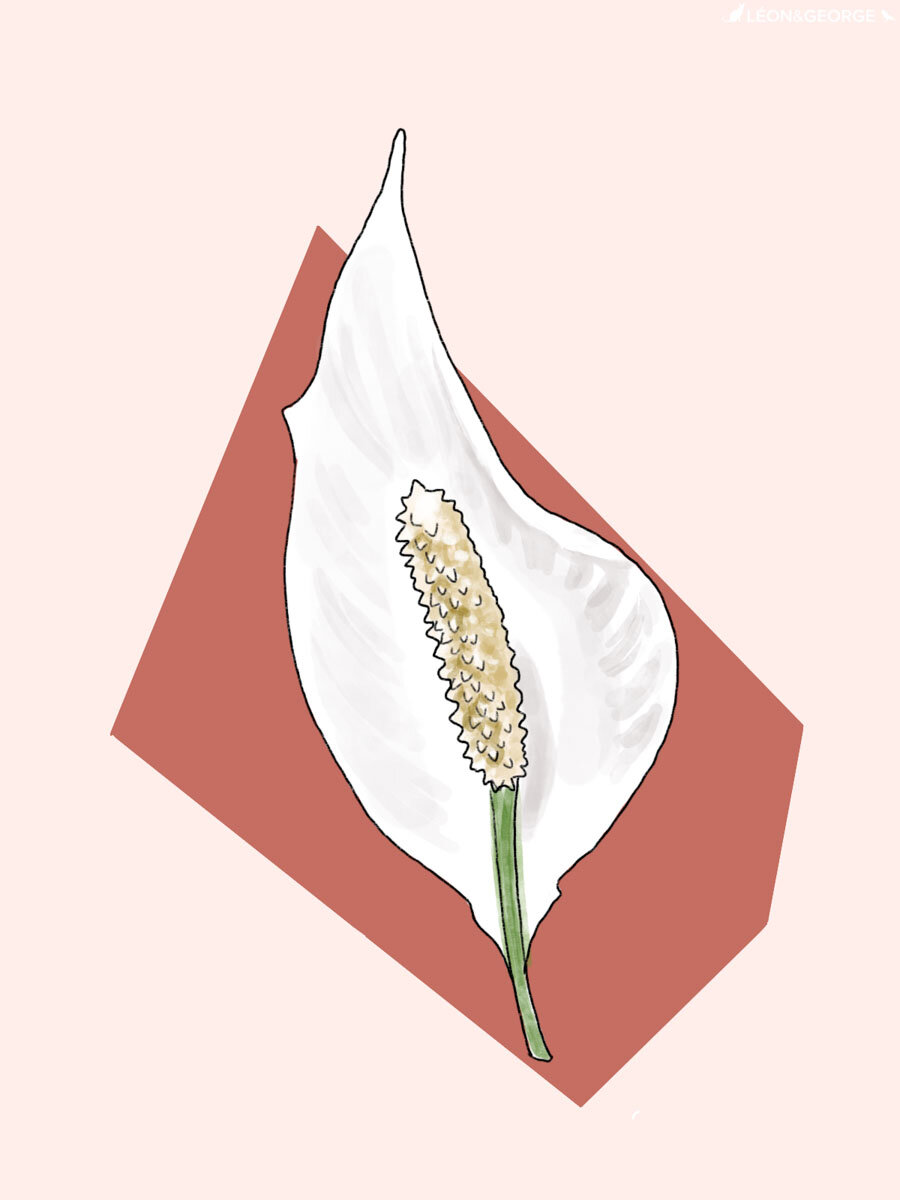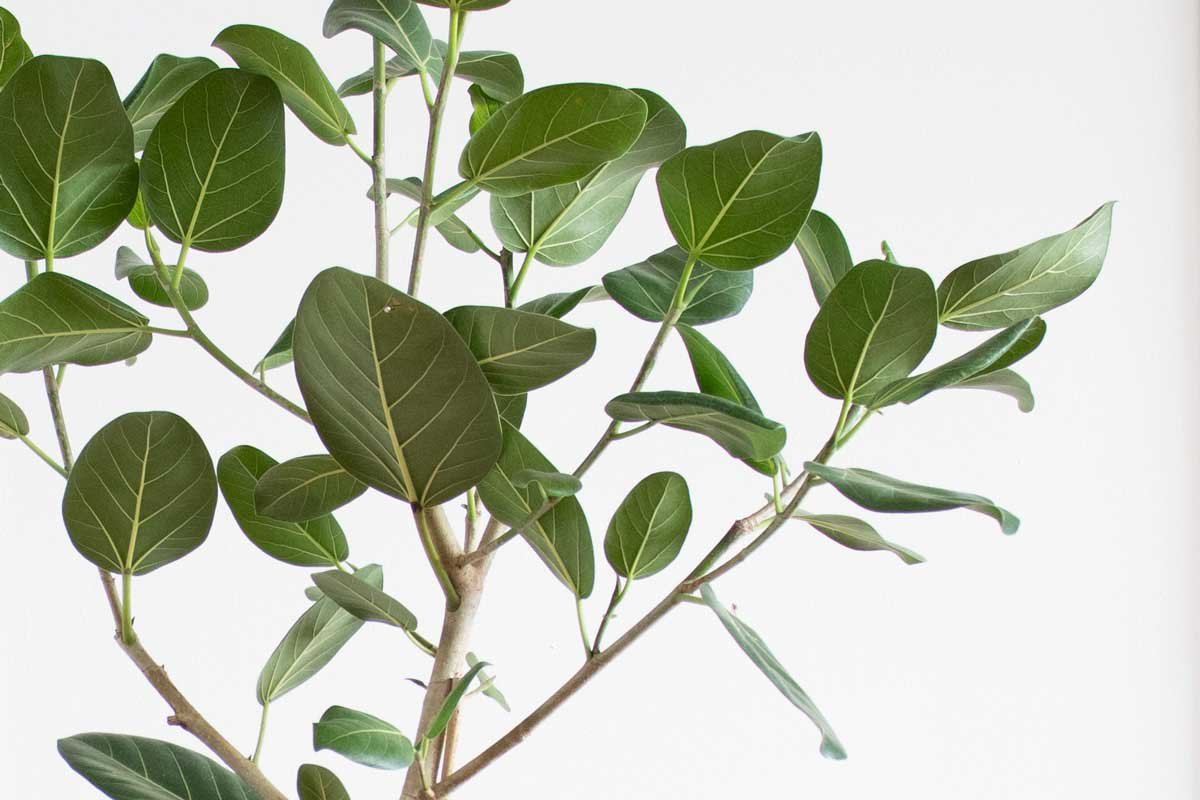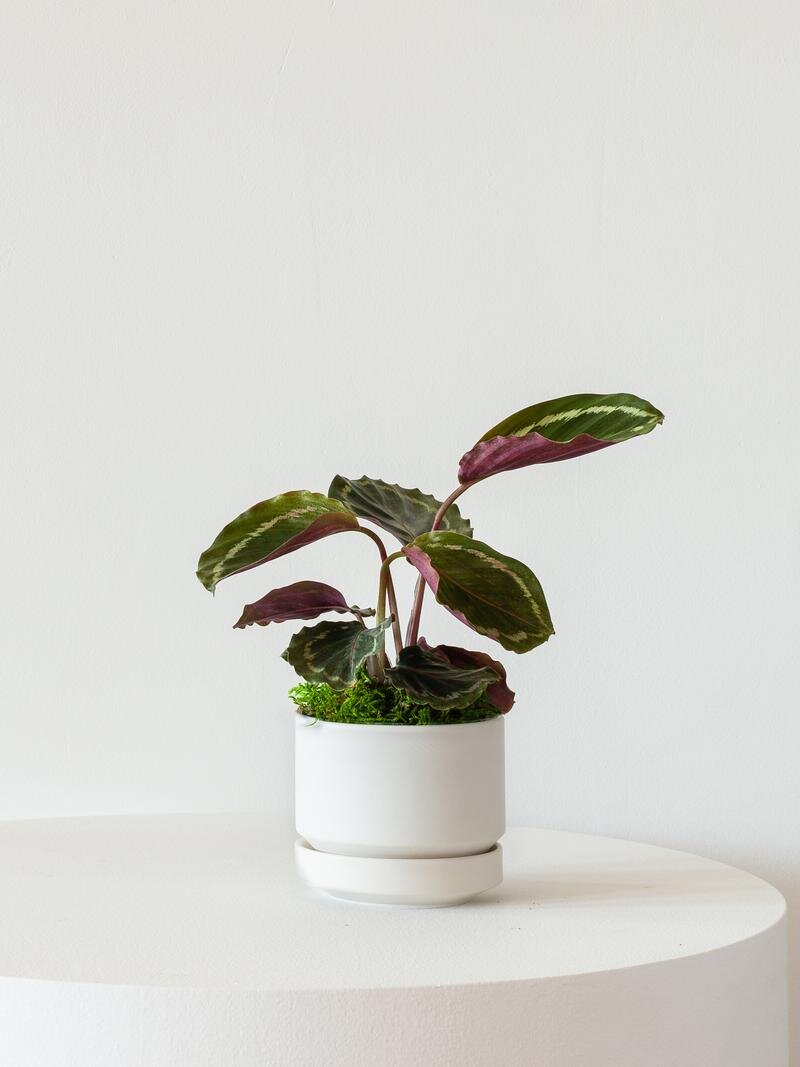The N’Joy Pothos enjoying a refreshing summer drink!
While ACs so pleasantly cool down our indoor spaces, they also remove warmth and humidity that our plants need and crave. Most indoor plants prefer temperatures between 65-75ºF, any extremes above or below can affect your plant's happiness and health. In addition to balmy temperatures, many common houseplants hail from tropical regions where humidity is not lacking, and unfortunately, air conditioning is the nemesis of good humidity! Follow these easy steps to keep your plants happy and healthy all summer long!
Air drafts - check for chilly air blowing directly on your plant. Consider temporarily moving your plant to a new spot or another room to protect it from the drastic changes in temperature.
Humidity - offset the dry air created by air conditioners and bring some humidity back to your plant by regularly misting its leaves when the air feels dry.
Watering - dry air also causes your plants to be thirsty and drink more water. Check the soil more frequently for potential changes in its watering schedule.
Look out for fading or wilting leaves as this may be a sign of a plant's unhappiness with its conditions. You can safely remove these leaves by clipping them close to the root, and follow the steps above to re-balance its comfort. Seeing other signs of the summer blues? Check out our full post on what to look out for when temps start to rise.
The Pothos Collection
From the Cascading Pothos to the N’Joy Pothos, discover our full collection of lush and trailing Pothos.

